Then and now photos of Central Coast tell story of change
The Central Coast has changed incredibly since the days when it was little more than a collection of sleepy holiday spots and farming communities. These pictures reveal just how much.
Central Coast
Don't miss out on the headlines from Central Coast. Followed categories will be added to My News.
- Crikey! Crazy magpie attacks snake in Terrigal Street
- Caught on video: Moment guard punches teenage detainee
The Central Coast has changed a lot over the years — some would say it’s unrecognisable from the collection of untouched sleepy seaside villages it once was. We’ve tried to capture the change by taking a historic image and then sending our photographer out to take a modern picture from a similar vantage point.
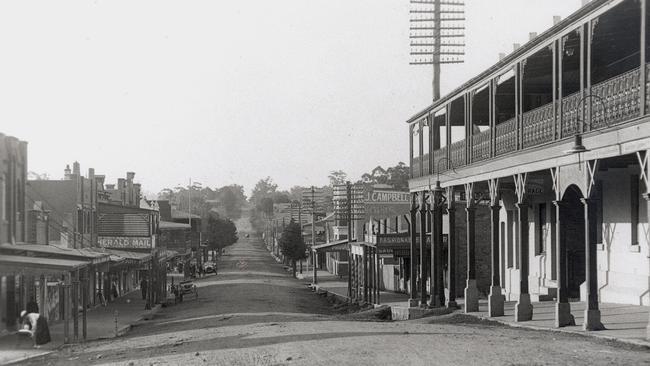
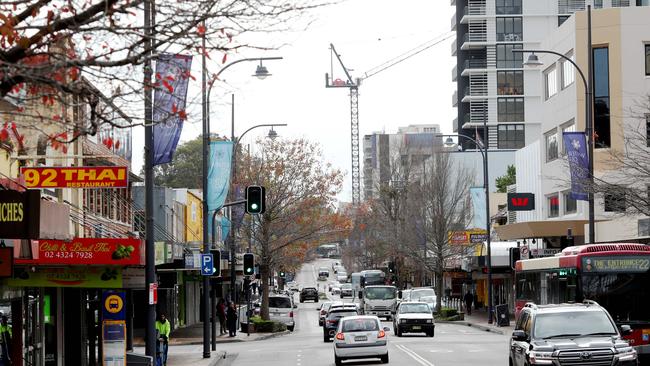
MANN ST GOSFORD
When 1910 picture (above) of Mann Street in Gosford was taken, horse drawn vehicles were still the norm, the streets were still dirt and wide verandas stretching right to the footpath were a common architectural feature. Electric street lighting was a new innovation. It was in the same year that Australia abandoned the British pound in favour of it’s own currency. Today its all traffic and cranes and high rise.
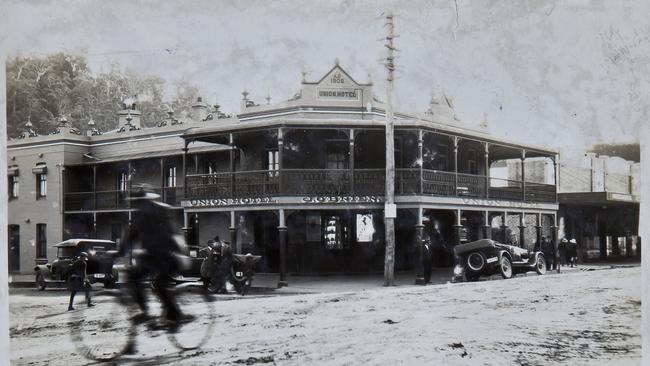
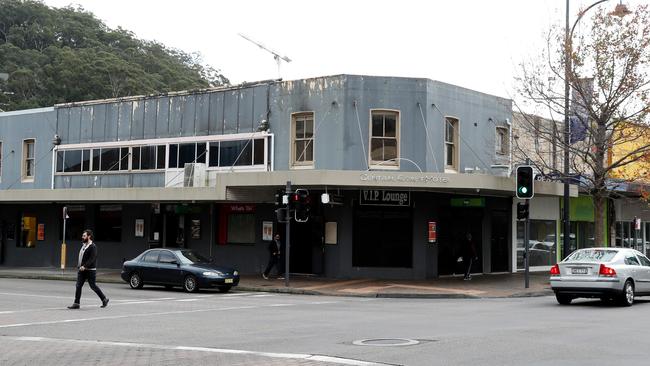
UNION HOTEL, GOSFORD
It’s hard not to feel a little regret that the Central Coast Hotel of today doesn’t retain the same charm it did as the Union Hotel in 1920s. Central Coast Hotel on the corner of Mann Street and Pacific Hwy in Gosford has been a watering hole for decades but started out as the Union Hotel in 1908. Today the classic verandas are gone but the essential structure of the original building can still be seen. You can read more about the fascinating history of some of our iconic Central Coast pubs here
STORY: The fascinating story of Central Coast pubs was written in beer sales
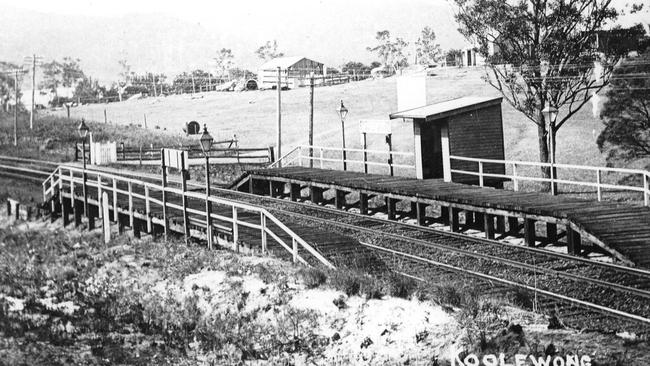
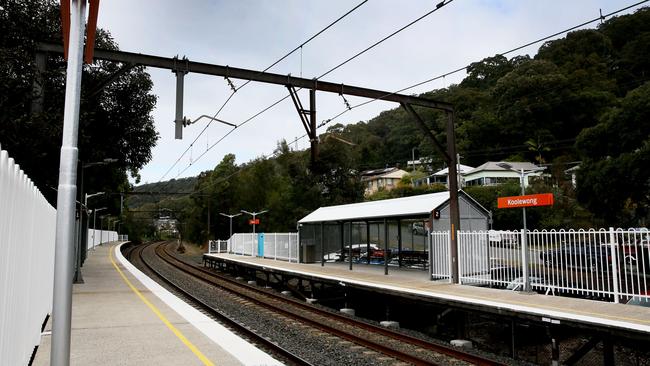
KOOLEWONG STATION
Koolewong railway station opened on 29 November 1920 and this photo is believed to have been taken around that time. Koolewong was originally known as “Glenrock” but the name Koolewong was selected by the NSW Railways and the locality subsequently also became known as Koolewong. The main northern line from Sydney to Gosford wasn’t electrified until
1960. It would be 1984 before the line was electrified all the way to Newcastle.
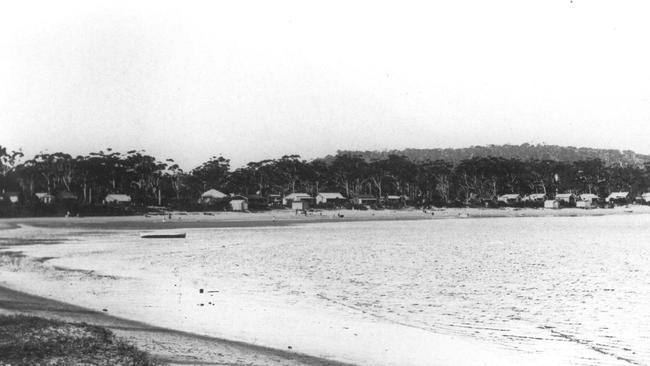
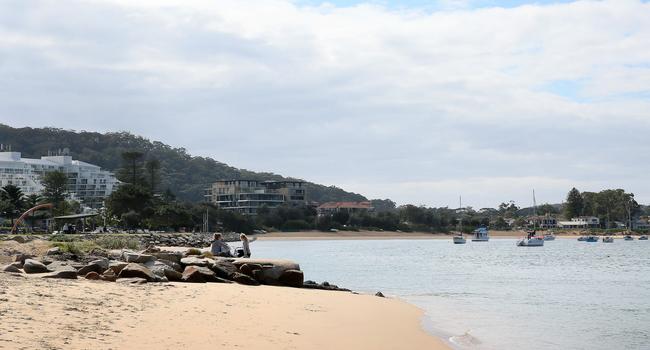
ETTALONG BEACH
European entry to the region was first recorded in March 1788 when Governor Arthur Phillip landed with a party at Ettalong Beach. In June 1789, a more thorough investigation of Brisbane Water was conducted. A rest stop was made at Ettalong Beach before the group passed through ‘The Rip’. The area became an increasingly popular from when the railway reached Woy Woy in 1887 and was particularly popular from the 1920s. At one time it was the home of notorious Razor Gang gangster and cocaine king Phil “The Jew” Jeffs who had a retirement house there in the 1940s. These days Mantra resort dominates the skyline.
STORY: The extraordinary Ettalong House of a Cocaine King.
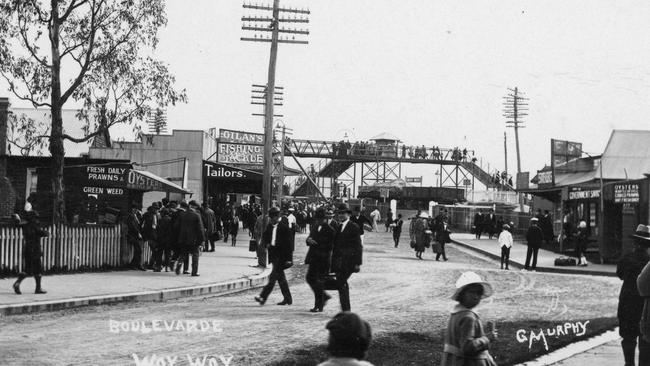
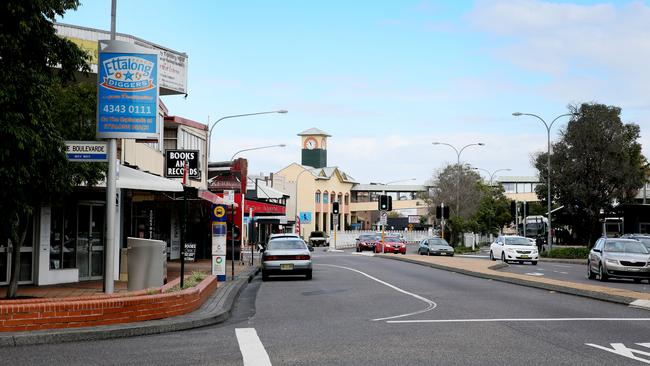
WOY WOY
When the picture above was taken back in the 1920s Woy Woy was the jewel of Australia’s tourist industry. Early promotional films described it as “The Venice of Australia” and featured Hooray Henrys, sports cars and “young ladies” in swimsuits. “A mecca to all motorists,” chirped the narrator in fake Home Counties accent. “There is no end to the delights of a holiday in Woy Woy.” These days The Boulevard is still a busy transport hub focused on hundreds of daily commuters.
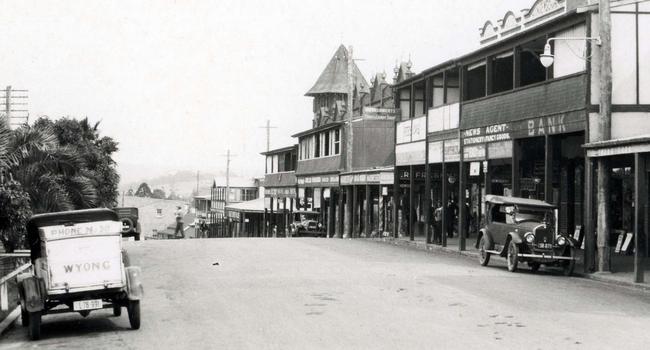
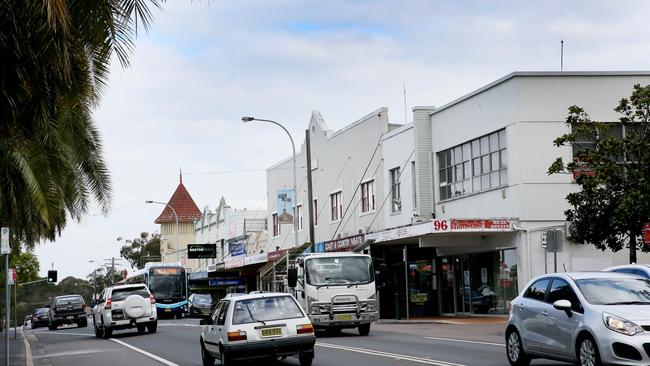
WYONG, PACIFIC HWY
The early history of Wyong was dominated by timber cutting, dairies and citrus farming. By the 1930s when this photos was taken in the main Street, subdivision was moving ahead in leaps and bounds. As Wyong town developed the Royal Hotel and the first post office was established. In 1947, Wyong Shire was created following the division of the former Erina Shire into two, the other being Gosford Shire.
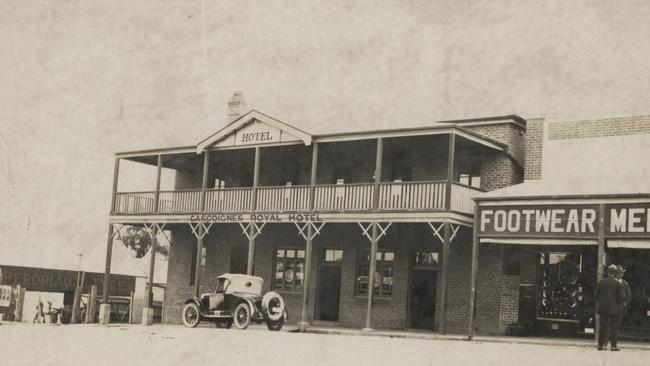
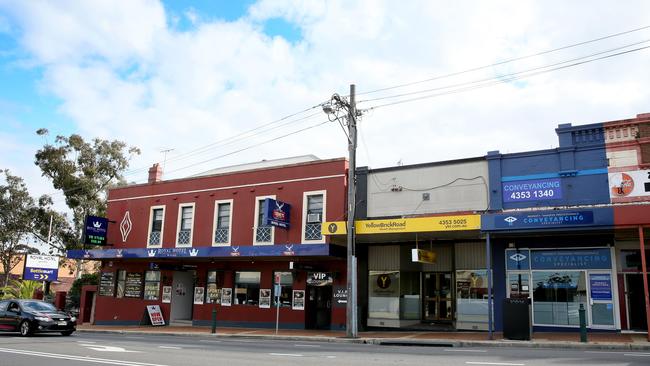
WYONG ROYAL HOTEL
Established in 1889, the pub has been a focal point of local life for 130 years. As this picture shows, the facade of the building has changed a lot, but it’s still serving up good pub food and coldies as it always did. The pub retained its veranda until the 1960s and pictures show it was long gone by the 1970s.
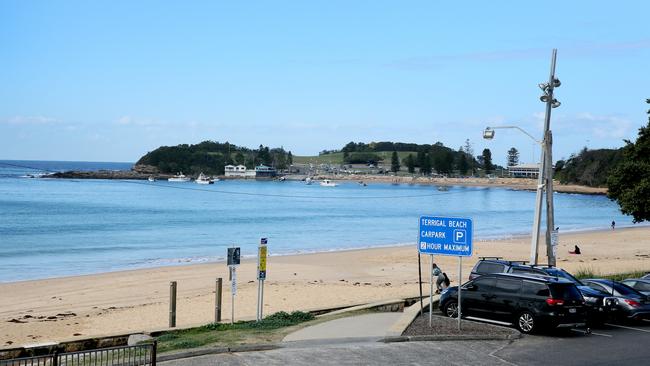
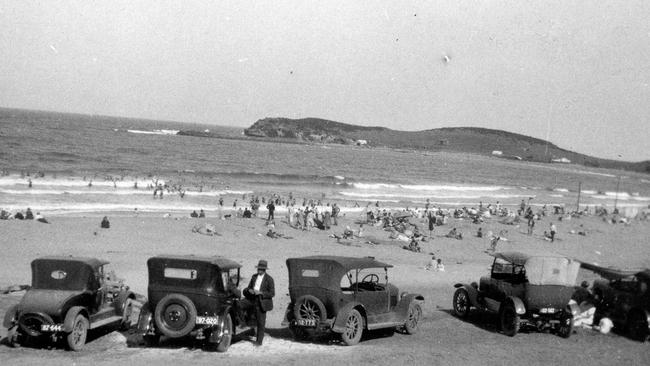
TERRIGAL
When this photo was taken at Terrigal in the 1920s, Terrigal surf Club would have been very new, or possibly still in the planning stages. The much loved club was established in 1925 and today has 940 members. Terrigal was settled about 100 years before this in 1826 when the first European settler John Gray arrived in the district and called his property Tarrygal. This is believed to be an Aboriginal word meaning ‘place of little birds’.
OTHER HISTORY
